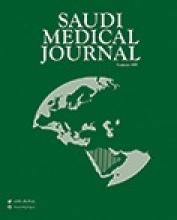Abstract
OBJECTIVES: To detect Barrett’s esophagus (BE) prevalence in patients undergoing gastroscopy in Eastern China.
METHODS: This study was carried out in Drum Tower Hospital Affiliated Medical College of Nanjing University, Nanjing, China from January 2005 to January 2012. All BE patients were enrolled in the study. The prevalence of BE were calculated generally in different age grades, calendar year, and by gender. The relationship between gastroesophageal reflux disease (GERD) symptoms and BE were also studied.
RESULTS: During the study period, 139,416 patients were studied and 234 patients (0.168%, 95% confidence interval, 0.146%-0.189%) were identified as BE. The mean age was 61.00±13.98 years, and the male to female ratio was 130:104. Most cases (173) were diagnosed due to endoscopic BE features; however, 61 were diagnosed of esophagitis, esophageal ulcer, esophagopolypus, and esophageal mucosa erosion. The prevalence increased with aging (χ2= 9.25, p<0.0001). Most BE were located in the lower segment of esophagus (92.7%) and short-segment BE. Gastroesophageal reflux disease symptoms were found in 131 patients (56%) and acid regurgitation was the most common symptom. Over a follow-up period, no BE developed to esophageal adenocarcinoma.
CONCLUSIONS: The prevalence of BE in the studied population was very low. Approximately half of them show no signs of GERD symptoms.
- Copyright: © Saudi Medical Journal
This is an open-access article distributed under the terms of the Creative Commons Attribution-Noncommercial License (CC BY-NC), which permits unrestricted use, distribution, and reproduction in any medium, provided the original work is properly cited.






